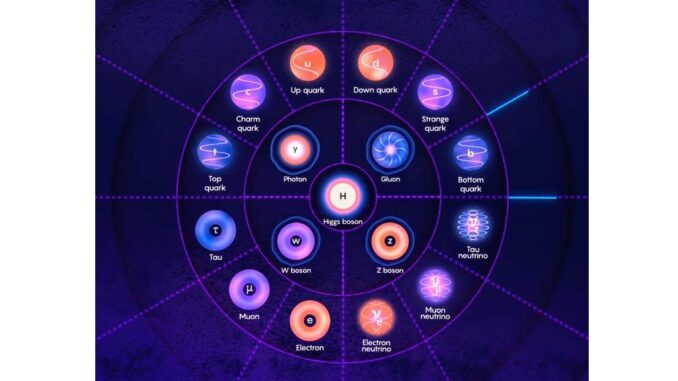
Physicists from research universities in Italy, Australia, and the UK, recently published a paper describing their success building a fast-charging quantum battery. This is big news, as we’ll explain after making a few simplified points. Now, ‘quantum’ is a buzz word that gets thrown around, used, and misused a great deal these days so to be crystal clear, this has nothing to do with the lead-acid battery brand calling themselves “Quantum Batteries”. Furthermore, there are other organizations who purport to have built a quantum battery: those claims appear to be unfounded. Conversely, there are businesses including IBM who are pouring resources into legitimate development of solid-state batteries, some of which may be based on quantum mechanics, while others may not.
What the heck is quantum mechanics then, anyway? It’s an area of physics that has also been known as particle physics, modern physics, and quantum physics. (That helped clear things up, didn’t it?) All these terms are used to differentiate this new field from classical physics, which deals with objects that we can see, such as an apple falling on Isaac Newton’s head, apocryphally leading to the theory of gravity. As we focus our attention on smaller and smaller things, at some point, objects are so small they can’t be seen or observed with even the best microscopes. These particles are smaller than an atom, which is composed of one or more protons, one or more neutrons, and a number of electrons. Each unique combination of protons, neutrons, and electrons constitutes a chemical element such as hydrogen, helium, neon, boron, etc., which (along with 114 others) are found in the Periodic Table of the Elements. (Bet you hadn’t anticipated a Chemistry refresher this morning, eh?) Anyway, every atom is made of building blocks even smaller than protons and neutrons. These are quantum particles, and they behave differently than you would expect. Call it counterintuitive, but these quantum particles operate by a different set of rules than do objects in classical physics. To date, scientists have discovered seventeen of these sub-atomic particles; Higgs boson; W boson; Z boson; photon; gluon; six different kinds of quarks (up, down, top, bottom, strange, and charm); Tau; Muon; Electron; and three different kinds of neutrinos (tau neutrino, muon neutrino, and electron neutrino).
Now, back to the quantum battery breakthrough by the team of university researchers. What they found was that the rate of charge on their experimental battery was inversely proportional to its charge capacity. (Remember, everything is weird and counterintuitive at the sub-atomic level.) In other words, if you had several quantum batteries of different sizes, the one with the smallest storage capacity would take the longest to charge. The one with the greatest storage capacity would take the shortest length of time to fully charge. In real-life practical application, this means an electric vehicle (EV) with a large capacity quantum battery could hypothetically recharge to ‘full’ in a period of time competitive with filling the tank of a conventional vehicle with gasoline.
The future is coming, and sooner than you think.
